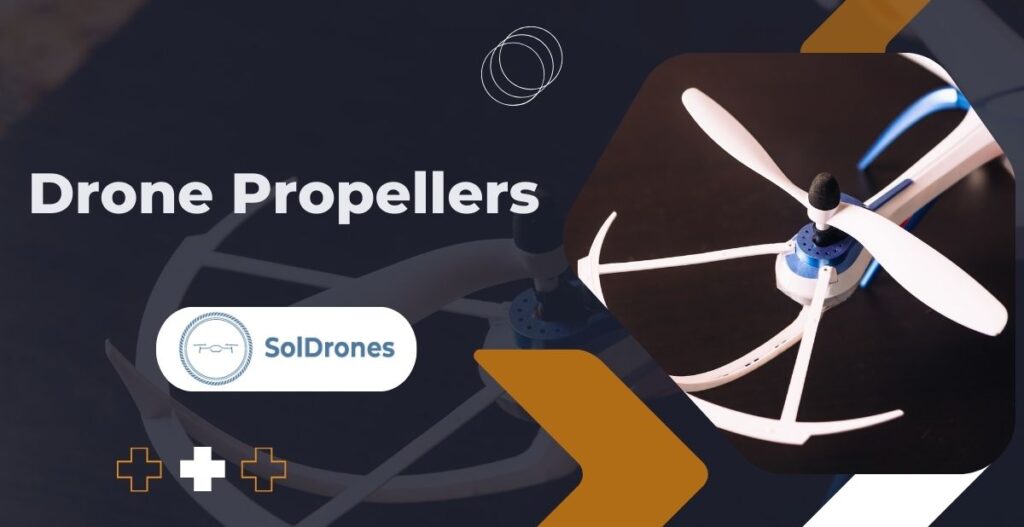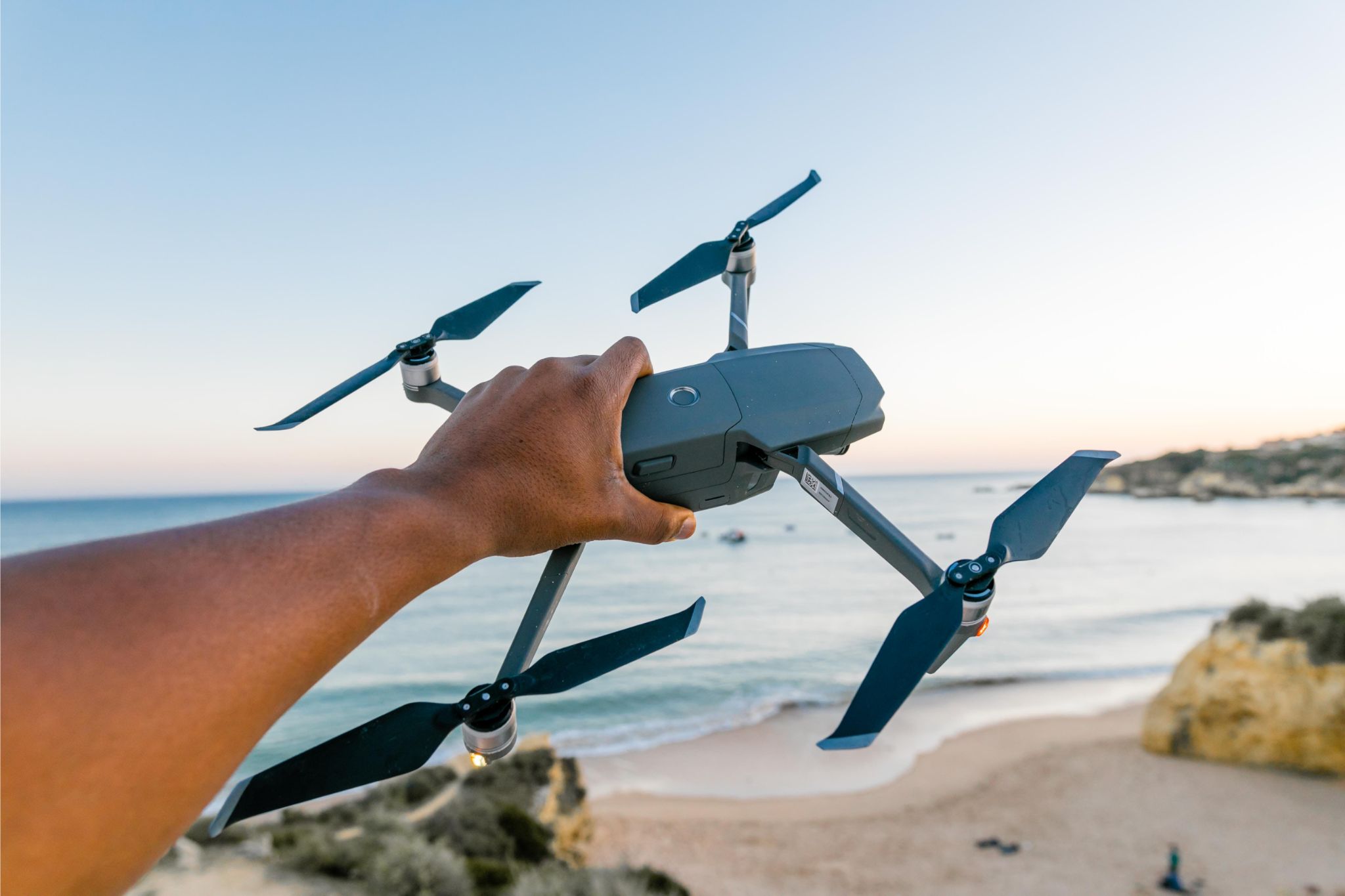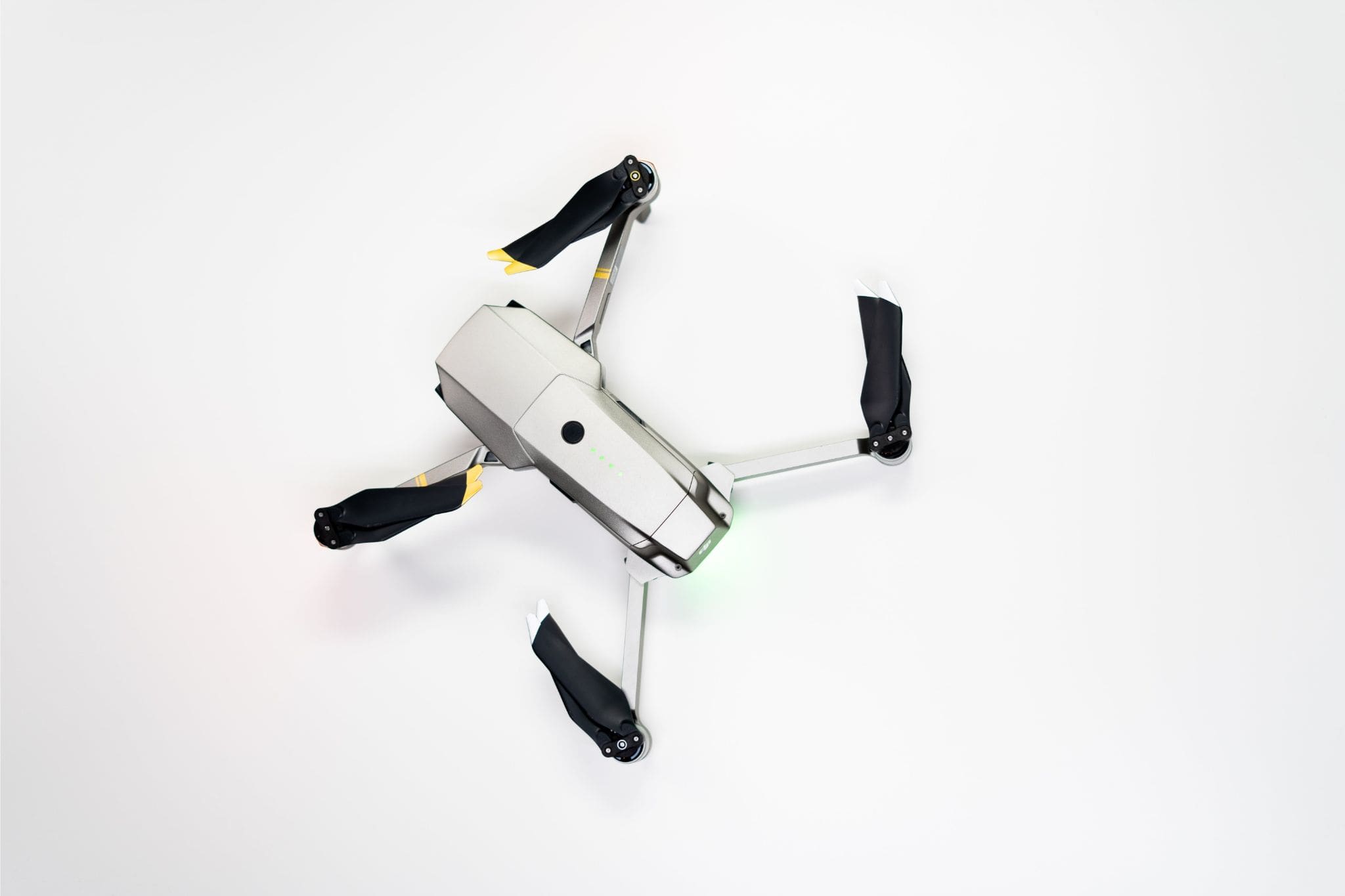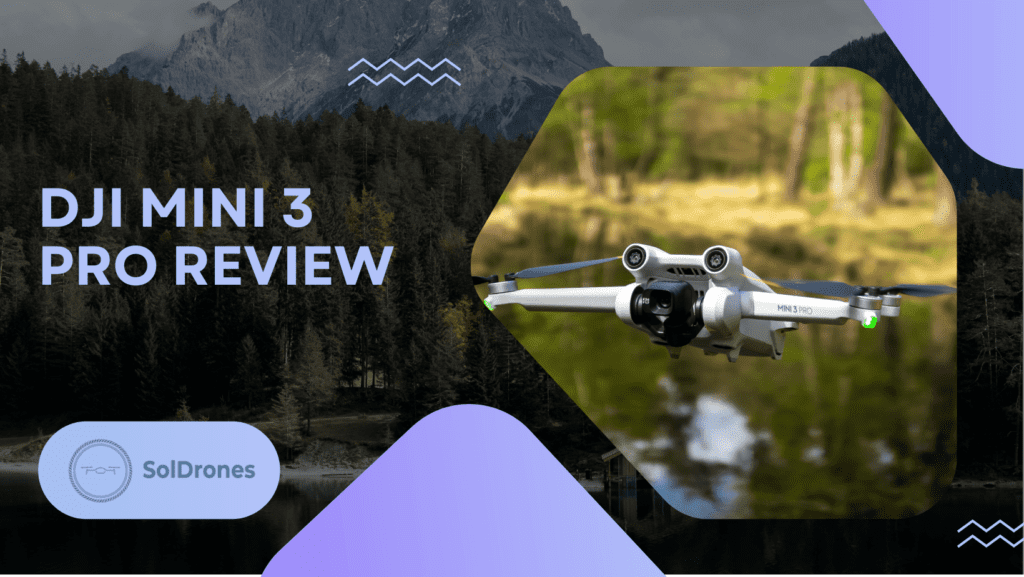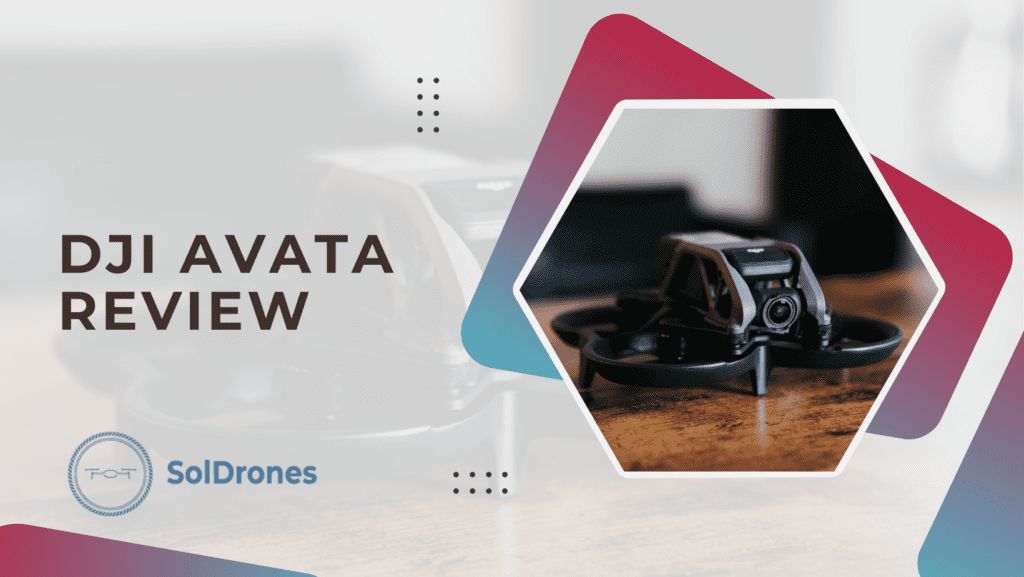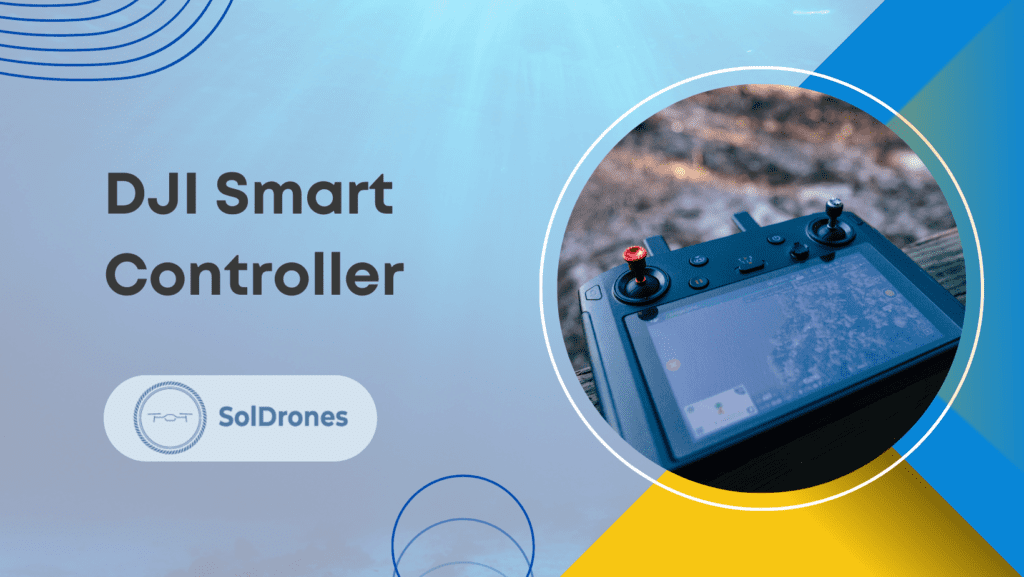When selecting drone propellers, quick and informed decisions are key.
Different propeller types, such as fixed-pitch, variable-pitch, and specialty blades like triblades, each come with distinct advantages whether you prioritize agility, control, or smooth operation.
Some of the most common drone propellers include the following:
- Fixed-Pitch Propellers: Offer consistent lift and are commonly used in many drone models; they are ideal for straightforward flight and easier control.
- Variable-Pitch Propellers: Allow real-time adjustments to blade angles, providing advanced control and precision maneuverability for experienced pilots.
- Triblade Propellers: Feature three blades for improved lift and control, reducing noise and vibration for smoother flight experiences.
- Quad-Blade Propellers: Come with four blades for even more lift and stability, often used in racing drones for their aggressive performance.
- Low-Noise Propellers: Designed with specific blade profiles to minimize noise, suitable for urban environments where drone sound can be an issue.
- Folding Propellers: Offer convenience and portability as they can be folded back when not in use, reducing the drone’s size for transport.
- Carbon Fiber Propellers: Known for their durability and lightweight properties, providing high efficiency and performance, albeit at a higher price point.
- Plastic Propellers: The most common and cost-effective option, offering a good balance between performance and cost but with less durability compared to carbon fiber.
This guide cuts through the complexity, offering you a concise breakdown of propeller options to enhance your drone’s flight performance immediately.
Article Highlights
- Explore the various drone propeller types, including fixed-pitch and variable-pitch, and specialty designs like triblades and low-noise options, to match your flight needs.
- Understand the impact of propeller choice on your drone’s lift, stability, and maneuverability for optimal aerial performance.
- Learn the importance of propeller material and design in achieving the perfect balance between durability, efficiency, and cost for your drone operations.
Understanding Drone Propellers
Drone propellers are more than spinning blades; they’re the engines of aerial movement. Here’s a breakdown of their function and design:
Key Functions:
- Lift Creation: By spinning, propellers slice through air to lift the drone off the ground.
- Flight Control: Adjusting propeller speed alters the drone’s direction for precise movement.
- Stability and Efficiency: Properly designed propellers maintain a drone’s balance and reduce energy consumption.
Design Features:
- Blades: The flat surfaces that push against the air, designed to optimize lift.
- Hub: The central part that holds the blades and connects to the drone’s motor.
- Pitch: The angle of the blades, which determines how much air is moved – a critical factor in controlling speed and handling.
Drone propellers are pivotal in mastering flight, ensuring stability, control, and efficiency.
A closer look reveals a meticulous design comprising blades, a hub, and an adjustable pitch and diameter.
The blades generate lift, anchored by the hub, while the pitch controls the thrust by adjusting the blade angle.
This design intricacy ensures precise control and stability during flight, making propellers more than just rotating parts—they are essential to the drone’s aerial capabilities, despite not having internal engine parts.
Understanding their role and functionality is crucial for mastering drone flying.
Types and Characteristics of Drone Propellers
Drone propellers are pivotal in dictating a drone’s performance, coming in various types and sizes tailored for different flight conditions.
Fixed pitch propellers, prevalent in many drones, are straightforward, providing consistent lift, whereas variable pitch propellers add a layer of control, enabling real-time blade angle adjustments for precision flying.
In terms of propeller size, propellers range from 3″ to 10″. Smaller propellers afford agility, crucial for intricate maneuvers, while their larger counterparts deliver the thrust needed for carrying heavier payloads, ensuring stability in adverse conditions.
Triblades, a notable specialty propeller, offer a unique design aimed at reducing noise and vibration, contributing to smoother flight experiences. They enhance lift and control but require careful consideration, as their additional weight and size could hinder performance on lighter drones.
By grasping these varied propeller types and their implications on flight, drone pilots can make informed choices, optimizing their drones for peak performance across diverse operations.
Factors Influencing Drone Propeller Performance
Balancing size, pitch, and material is paramount for optimal drone propeller performance.
Larger propellers, while capable of lifting heavier payloads, require more power. A steeper pitch can achieve higher speeds but puts additional strain on the engine.
The choice of material is also vital, with options ranging from economical plastics to durable and lightweight carbon fiber, each having its own advantages and drawbacks. Wooden propellers, though rare, serve specific needs.
Propeller RPM is the heartbeat of drone operation, necessitating alignment with the drone’s power system for a seamless flight experience. Lower pitch propellers help the engine reach maximum RPM, but a too high a pitch will see the propeller RPM decreases.
Mastering these aspects ensures stability, efficiency, and performance in varying conditions.
Drone Propeller Compatibility
Propeller Compatibility
Choosing the right propeller is not just about the size or the material—it’s about ensuring compatibility with your drone’s model and engine specifications.
Compatibility is key to achieving the best balance between efficiency and power, and preventing undue strain on the drone’s motors.
Each drone model has a recommended propeller size and type, often stipulated by the manufacturer, which takes into account the motor’s power and the drone’s overall design for optimized performance.
When selecting propellers, consider the following:
- Motor Size and Type: Larger motors can handle larger propellers, but using a propeller that’s too big can overload the motor.
- Shaft Diameter: The propeller must fit the motor’s shaft diameter precisely to avoid imbalances and potential detachment during flight.
- Drone Weight: Heavier drones require propellers that provide more lift, which is typically achieved with larger diameter or higher-pitched propellers.
- Flight Style: For agile flying and racing, smaller and lighter propellers offer quicker responses. For photography or videography, larger propellers provide steadier flights.
Always refer to your drone’s manual for the manufacturer’s propeller specifications, and when in doubt, consult with experienced pilots or the drone’s customer service to ensure you’re making a choice that will keep your drone flying safely and efficiently.
Optimizing Drone Propellers
Achieving a stable flight starts with balanced propellers. A propeller out of balance results in vibrations, reducing the drone’s stability and efficiency. Use a propeller balancer to ensure each blade weighs the same, providing a smooth rotation.
Propeller maintenance is crucial. Regularly inspect for cracks or damage, cleaning off any dirt or debris. Storing them properly when not in use prevents warping.
Higher pitch propellers are suitable for slower speeds but might not be ideal for drones with lower horsepower engines. The engine’s RPM and the pitch ratio play a crucial role in finding the right balance.
Assess the drone’s performance and the flying conditions to decide on the new propeller, considering a constant pitch for consistent performance or a variable one for more control.
Investing time in balancing, maintaining, and possibly upgrading the propellers pays off in prolonged lifespan and optimized drone performance, making every flight as smooth and efficient as possible. Adjusting the propeller shaft can also contribute to better performance.
User Reviews of Drone Propellers
User reviews are a goldmine of practical insights when it comes to selecting drone propellers. They provide real-world feedback from pilots who have tested propellers in various conditions and with different drones.
Here’s a consolidated view of what users typically discuss in their reviews:
- Performance: Many users highlight the change in drone responsiveness and speed after switching propellers, noting improvements in lift and maneuverability for specific flight missions.
- Durability: Reviews often detail the longevity of propellers, especially when exposed to frequent use or accidental impacts. Carbon fiber propellers usually receive praise for their resilience.
- Noise Level: Pilots living in noise-sensitive areas or those who prefer a quieter flight experience often review the sound level of different propeller materials and designs.
- Value for Money: Cost-effectiveness is a common theme, with users comparing the lifespan and performance enhancements of more expensive propellers against budget-friendly options.
- Ease of Installation: Some propellers are easier to install than others, a factor that’s especially important for beginners. User reviews can reveal which models are user-friendly.
- Balancing and Vibration: A well-balanced propeller leads to a smoother flight, and users frequently comment on their experiences with the balance and any vibrations felt during flight.
When considering user reviews, look for patterns in feedback across different users to gauge the reliability of the information.
Remember, individual experiences can vary based on a multitude of factors, so what works for one pilot may not work for another. Combining user reviews with technical specifications and professional advice will help you make an informed decision on the best propellers for your drone.
Final Thoughts
Drone propellers are pivotal in mastering flight, ensuring stability, control, and efficiency. From understanding their role and types to optimizing their performance, it’s clear that the right propeller choice and maintenance are key.
Balancing, regular checks, and considering upgrades all contribute to a drone’s optimal functionality. Remember, the right propeller not only elevates performance but also extends the life of your drone, ensuring that every flight is as seamless and controlled as possible.
When it comes to drone flight, propellers play a leading role, deserving of careful selection and attention.
FAQs
What does the pitch of a drone propeller mean?
The pitch of a drone propeller is the distance it would move in one revolution, affecting the drone’s speed and agility.
How do I choose the right size and pitch for my drone propeller?
Select a propeller size and pitch based on your drone model and flying conditions for optimal performance and stability.
Can I upgrade my drone’s propellers for better performance?
Yes, upgrading to higher-quality or specialized propellers can enhance your drone’s performance and flight experience.
How do I properly maintain my drone’s propellers?
Regularly check for damage, balance the propellers, and replace them when necessary to maintain peak performance.
What are the advantages of using tri-blade propellers on my drone?
Triblade propellers provide increased lift, reduced turbulence, and better control, making them ideal for smoother flights.

